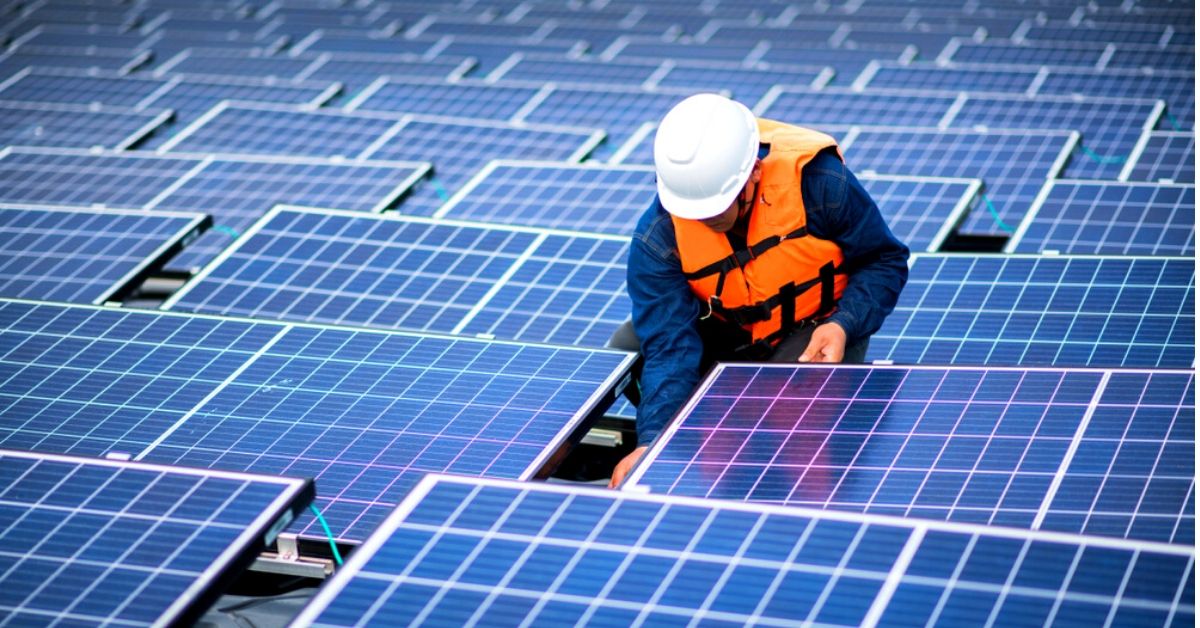Whether you are installing a solar panel on your roof, or a dedicated battery system, there are some essential tips to keep in mind. By following these tips, you will have a successful solar installation.
Safety Precautions
Using proper safety precautions can reduce the incidence of accidents at your solar installation job site. It can also help increase the lifespan of your system. Most solar systems are composed of electrical components. These components can cause some problems, including thermal burns, muscle damage, and tissue damage. All solar workers need to know how to use their equipment safely to prevent damage. For rooftop solar installations, it is important to ensure that the work area is clear of debris and obstructions. This will help prevent slipping and falling. The use of safety nets can also reduce the risk of falling. Using insulated tools is another necessary safety precaution. Using rubber gloves, proper footwear, and other protective equipment will reduce the risk of burns, cuts, and other minor scrapes. Another safety precaution for the solar panel installation guide is the use of a grounding conductor. This conductor bonds all metallic components together. This will prevent an electrical shock, which can occur if wires are corroded.
Cleaning
Whether you have a solar panel on your roof or you want to maintain your panels, you must clean them regularly. Solar panels are vulnerable to damage, especially if they are subjected to high-pressure jets or the sun beating down. You can clean your solar panel by yourself or hire a professional to do it for you. However, you will need to ensure you have the correct equipment and safety rules. First, you should never use chemicals that could damage your panels. Instead, use chemical-free soaps. This will help you avoid leaving streaks and nasty residue on the panels. Next, you can use a brush to remove loose materials from the panel. The brush is usually a plastic blade on a stick that will allow you to clean the panel without scratching it. You can also use a garden hose to wash away dirt and debris. For stubborn dirt, you can use a soft cloth and mild soap. This will help prevent scratching the solar panels. To avoid streaking, dry soft cleaning materials with a squeegee.
Orientation Of Your Roof
Whether considering a rooftop solar installation or just installing some solar panels, you need to know the right orientation of your roof. This is the direction your panels will face to receive the most sunlight. It is also a good idea to avoid placing solar panels in a location that will block the sun from reaching them. The optimal angle for residential solar is a roof angle of 30-40 degrees. The geographical latitude of your home determines the angle. The higher the latitude, the lower the optimal angle. In California, for instance, the optimal angle was between the south and southwest. If you live in the northern hemisphere, you can install solar panels on your north side. However, you should be aware that these panels will produce less energy than those on the south side. Solar panels facing east or west may produce up to 15 percent less energy, depending on your latitude.
Grounding
During the installation process of a solar panel, it is necessary to ground it. This will prevent the possibility of static discharges and lightning strikes. It will also improve the performance of the panel. There are different types of grounding options. One of the most common is a metal grounding rod. This is usually concrete-encased. It is driven into the ground at a depth of at least eight feet. Another option is to install a metal conduit. This will allow for longer wires. It is also a good option for lightning-prone areas. However, it is possible to have a lot of work done if you fail to ground the conduit properly.
Dedicated Battery System
Adding a battery to your solar installation is a great way to get more out of your panels. You’ll be able to store extra energy, which you can use at night or when the sun isn’t shining. It’s also a great way to avoid relying on the public grid to power your home. There are some different types of batteries on the market. You’ll want to choose one that is specifically designed for solar applications. These will be long-lasting and save you money in the long run. You’ll also want to consider a battery management system (BMS). These devices are specifically designed for monitoring and regulating your battery pack. They may include a status indicator, load control, and a discharge termination feature. They may also incorporate a regulation voltage temperature compensation feature. These devices are designed to monitor the temperature and status of your battery. Using smart software, they will also allow you to charge your batteries when the sun isn’t shining. They also allow you to control how power flows from the battery to individual breakers.




